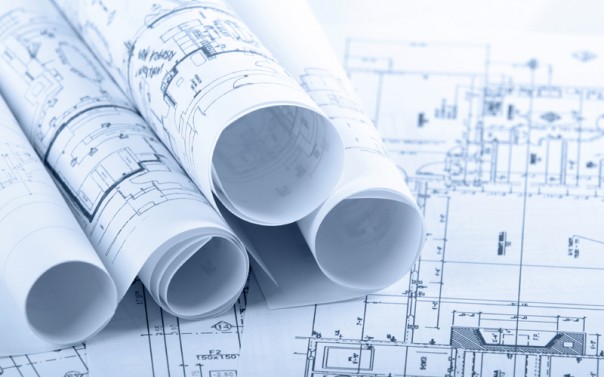What Is Life Cycle Costing in Asset Management Space?
What is Life Cycle Costing?
The Life Cycle Cost (LCC) of an asset is defined as:
“the total cost throughout its life including planning, design, acquisition and support costs and any other costs directly attributable to owning or using the asset”.
Life cycle costing is a key asset management tool that takes into account the whole of life implications of planning, acquiring, operating, maintaining and disposing of an asset.
The process is an evaluation method that considers all ownership and management costs. These include;
- Concept and definition;
- Design and development;
- Maintenance;
- Support services; and
- Retirement, re-mediation and disposal costs.
One way to express the total life cycle cost is as follows:
Total Life Cycle Cost (LCC) =
Initial asset acquisition /capital cost (AC)
Less
Tax depreciation entitlements (TD)
Plus
Operating and maintenance costs (OC)
Plus
Replacement / disposal /upgrade costs (RC)
Less
Residual / salvage value (RV) = LCC
A typical life cycle cost for facilities could be represented in the following equation:
LCC = (AC – TD) + (OC + RC) -RV
What costs are included within the Life-Cycle Cost forecast?
Put simply, the costs to be included within the LCC equation are those that are directly attributed to the ownership, management and operation of an asset.
It includes costs associated with the stages of the life-cycle:
- Stage 1: Acquisition
- Stage 2: Owning/Operating
- Stage 3: Disposal
When applied to buildings the stages would include the following costs:
Stage 1: Acquisition
If the building is a new development, all costs involved with the land acquisition, construction, commissioning are all captured and forecast.
For existing buildings, all purchase costs including capital, statutory fees, finance and legal are included.
Stage 2: Owning/Operating
Generally identified under 2 categories: Operations and Refurbishment
It includes all anticipated costs that are directly related to the maintenance and operation of the facility including:
- Maintenance
- Utilities
- Cleaning
- Security
- Insurance
- Rates and other charges
- Refurbishment costs
Stage 3: Disposal
All costs associated with the disposal of the building, these could include either the sale or demolition of the building.
All demolition costs including debris removal and land rectification would be included. (This is of particular interest to sites which have contaminated the land and require environmental treatment)
When selling the building all costs associated with marketing, agent’s commission, transfer fees and legal costs.
When the building is sold, the sale price or predicted sale price (Residual Value) needs to be included in the calculation.
How to calculate?
A key concept of the life cycle analysis equation is that of the time value of money. The challenge in determining the best whole of life financial option is to achieve a position where the various options under consideration can be fairly evaluated. When considering various proposals, you will be faced with comparing capital and operating costs that are expended at different times. In evaluating the financial impacts of the various alternatives all costs for each option under consideration are expressed in “today’s dollar value“.
The way in which the analysis works is by first determining the term of the life-cycle that you plan on owning the building. Any period of time can be used, whether 1 or 100 year. (Most buildings will not be used longer than 50 years in today’s world)
Once this period is known, the anticipated costs associated with the pre-mentioned stages of life-cycle will be forecast per year over the set forecast period.
Once plotted, the costs need to be adjusted to allow for the time value of money which requires the future costs being presented in present-value dollars. This is achieved by discounting these predicted costs to produce a Net Present Value.
How to use LCCA?
Once a Net Present Value is determined, the total cost of this particular building can provide the ability to compare this particular building, project or option with an alternate by measuring the difference in Net Present Value which represents the total cost of each option over the defined period of time.


Comments are closed.